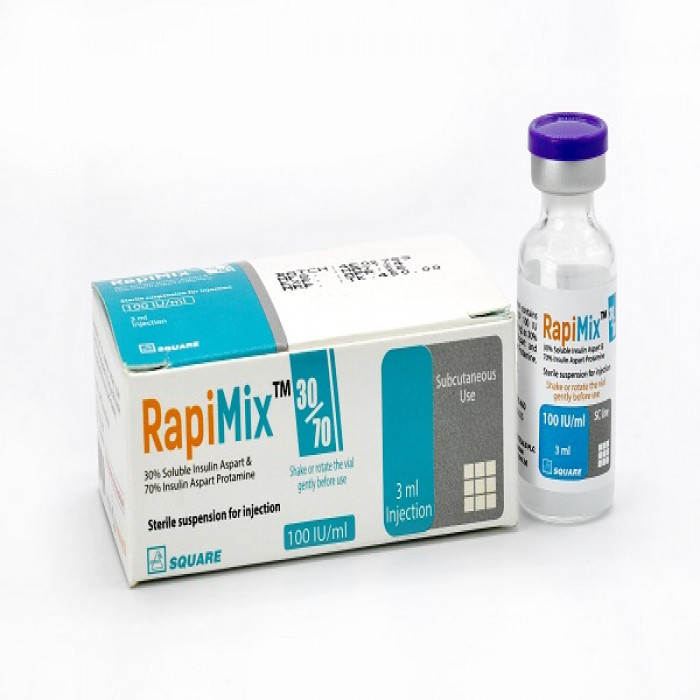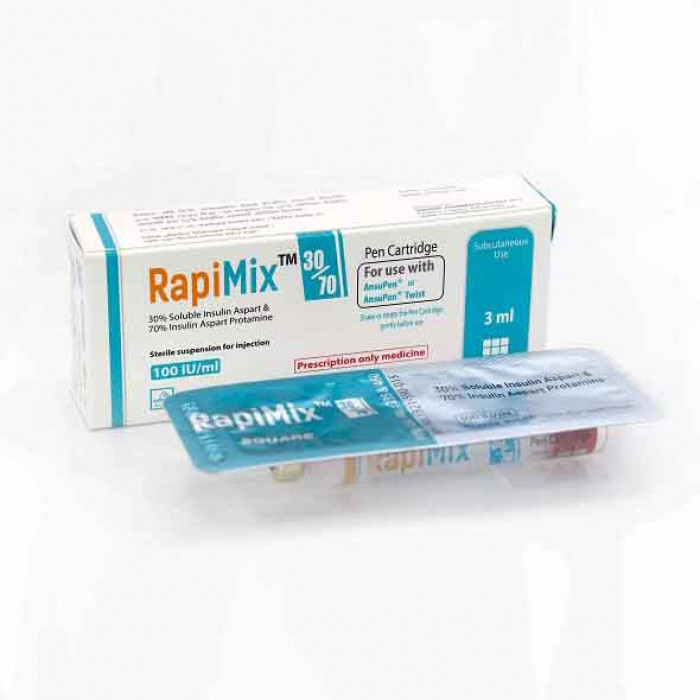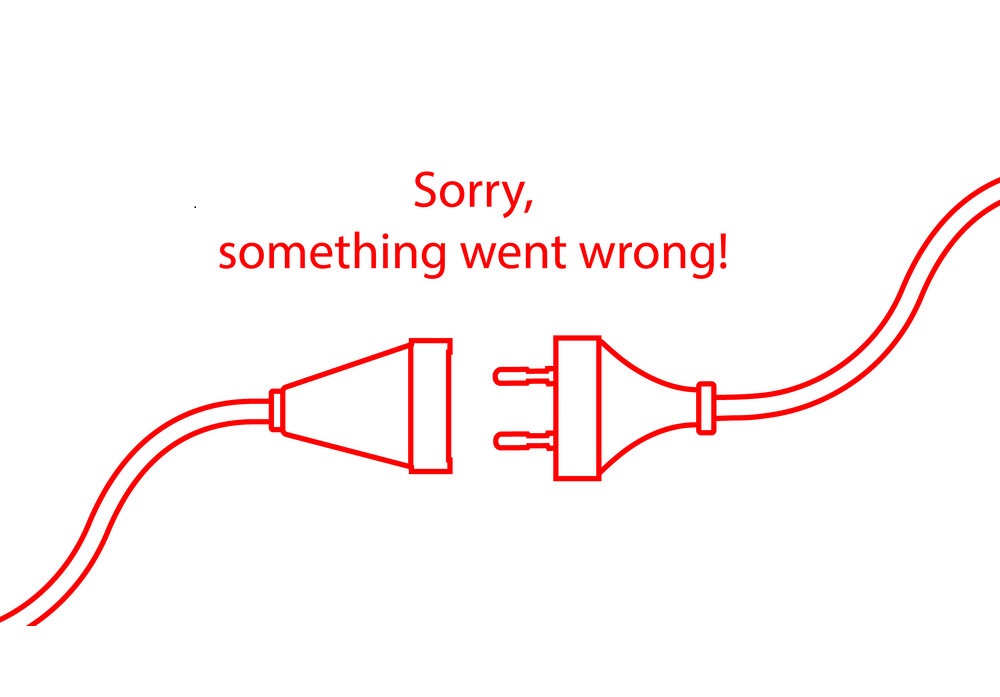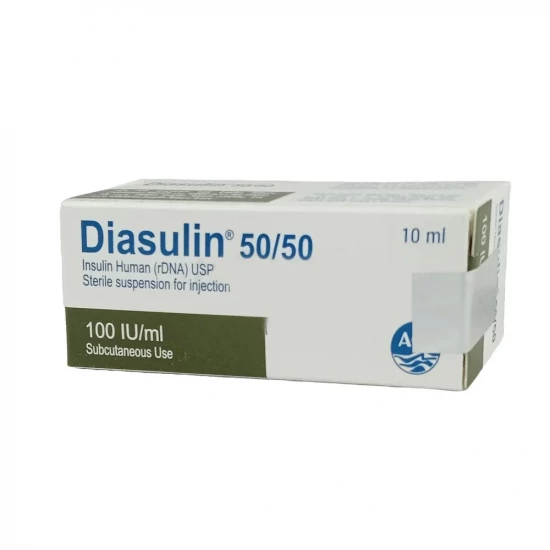
✔ 100% Authentic Product
👁️ Currently Viewing 213
Diasulin 50/50 | 100 IU/ml
Diasulin is indicated for:
Management of all patients with Type 1 Diabetes Mellitus
Treatment of Type 2 Diabetes Mellitus patients inadequately controlled with diet and/or oral hypoglycemic agents
Initial stabilization of diabetes in cases of diabetic ketoacidosis, hyperosmolar non-ketotic syndrome, or during stress conditions such as severe infection or surgery
Management of gestational diabetes
Discount
Price: ৳ 407
MRP:
৳
415
2%
Off

100% Genuine Products, Guaranteed

Safe & Secure Payments, Always

Fast, Secure & Efficient Delivery

Proper Packaging
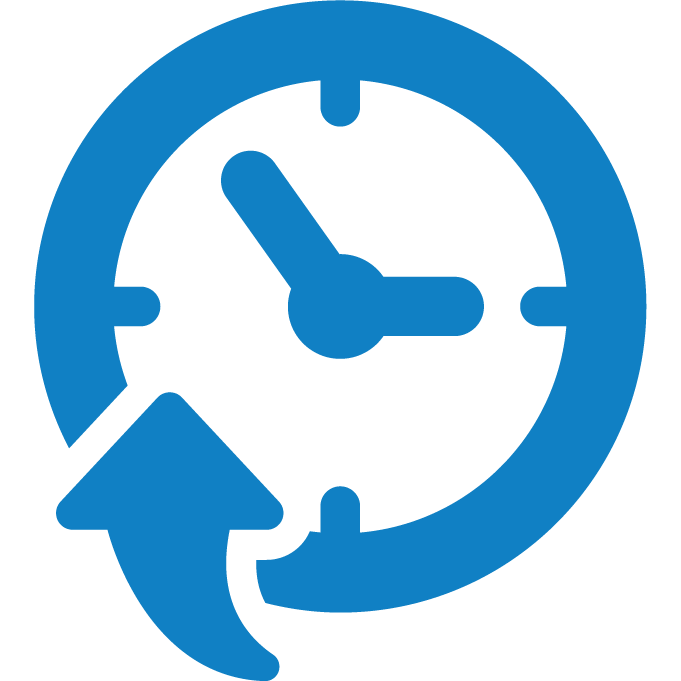 Cash on Delivery - All over Bangladesh
Cash on Delivery - All over Bangladesh Regular Delivery - 12-24 Hours, Dhaka City* Charge Tk.39-59
Regular Delivery - 12-24 Hours, Dhaka City* Charge Tk.39-59 Regular Delivery - 24-48 Hours, Other Cities* Charge Tk.99-110
Regular Delivery - 24-48 Hours, Other Cities* Charge Tk.99-110
 ফ্রি ডেলিভারিঃ - ৯৯৯ টাকা+ অর্ডারে, ঢাকা
শহরে
ফ্রি ডেলিভারিঃ - ৯৯৯ টাকা+ অর্ডারে, ঢাকা
শহরে ফ্রি ডেলিভারিঃ - ২৯৯৯ টাকা+ অর্ডারে, ঢাকার
বাহিরে
ফ্রি ডেলিভারিঃ - ২৯৯৯ টাকা+ অর্ডারে, ঢাকার
বাহিরে
100% Genuine Products, Guaranteed
Safe & Secure Payments, Always
Fast, Secure & Efficient Delivery
Proper Packaging
 Cash on Delivery - All over Bangladesh
Cash on Delivery - All over Bangladesh Regular Delivery - 12-24 Hours, Dhaka City* Charge Tk.39-59
Regular Delivery - 12-24 Hours, Dhaka City* Charge Tk.39-59 Regular Delivery - 24-48 Hours, Other Cities* Charge Tk.99-110
Regular Delivery - 24-48 Hours, Other Cities* Charge Tk.99-110 ফ্রি ডেলিভারিঃ - ৯৯৯ টাকা+ অর্ডারে, ঢাকা
শহরে
ফ্রি ডেলিভারিঃ - ৯৯৯ টাকা+ অর্ডারে, ঢাকা
শহরে ফ্রি ডেলিভারিঃ - ২৯৯৯ টাকা+ অর্ডারে, ঢাকার
বাহিরে
ফ্রি ডেলিভারিঃ - ২৯৯৯ টাকা+ অর্ডারে, ঢাকার
বাহিরে
✅ Description:
Diasulin 30/70: Each mL suspension contains Insulin Human (rDNA) USP 100 IU (equivalent to 3.47 mg) — 30% Regular Insulin Human and 70% Isophane Insulin Human.
Diasulin 50/50: Each mL suspension contains Insulin Human (rDNA) USP 100 IU (equivalent to 3.47 mg) — 50% Regular Insulin Human and 50% Isophane Insulin Human.
Confirm correct insulin type and inspect the cartridge for damage or discoloration.
Do not use if frozen, improperly stored, or if the suspension is not uniformly white and cloudy after mixing.
Mixing Instructions:
Gently roll the cartridge between the hands 10–20 times until uniformly cloudy. Avoid vigorous shaking.
Injection Technique:
- Inject subcutaneously as per device instructions.
- Keep the needle under the skin for at least 6 seconds to ensure complete delivery.
- Always remove the needle after injection to prevent leakage and potency changes.
✔️ Pharmacology
Insulin lowers blood glucose by promoting glucose uptake into muscle and fat cells and inhibiting hepatic glucose production. It has a short plasma half-life of a few minutes and does not bind strongly to plasma proteins.
Typical Action Profile (after subcutaneous injection):
Onset: Within 30 minutes
Peak: 1–3 hours
Duration: 18–24 hours
✔️ Dosage & Administration
Dosage is individualized based on patient needs and determined by a physician.
Type 1 Diabetes: 0.5–1.0 IU/kg/day (0.7–1.0 IU/kg in pre-pubertal children)
Type 2 Diabetes: Initial dose 0.3–0.6 IU/kg/day
Increased doses may be required in insulin-resistant conditions (e.g., puberty, obesity).
A meal or carbohydrate snack should follow injection within 30 minutes.
Route: Subcutaneous injection into the abdominal wall (preferred), thigh, gluteal, or deltoid region. Injection sites should be rotated to prevent lipodystrophy.
Dosage Adjustment
Insulin needs may change due to:
Illness, infections, or fever (increase requirement)
Renal or hepatic impairment (reduce requirement)
Changes in physical activity or diet
Switching between insulin types or brands
✔️ Drug Interactions
May reduce insulin requirement: Oral hypoglycemics, MAO inhibitors, non-selective beta-blockers, ACE inhibitors, salicylates, alcohol.
May increase insulin requirement: Thiazides, glucocorticoids, thyroid hormones, beta-sympathomimetics, growth hormone, danazol.
Note: Beta-blockers may mask hypoglycemia symptoms. Alcohol may prolong hypoglycemic effects.
✔️ Side Effects
Common: Hypoglycemia (most frequent)
Local: Lipodystrophy at injection sites if not rotated
Systemic: Rash, itching, sweating, GI upset, edema, angioedema, palpitations, hypotension (rare, severe hypersensitivity may be life-threatening)
✔️ Contraindications:
Hypoglycemia
Hypersensitivity to human insulin or any component of the formulation
✔️ Use in Pregnancy & Lactation
Insulin therapy is safe during pregnancy and lactation.
Pregnancy: Requirements decrease in the first trimester and increase in later stages; return to normal after delivery.
Lactation: No harm to the infant; dosage or diet may require adjustment.
✔️ Precautions & Warnings
- Inadequate dosing or discontinuation may cause hyperglycemia or ketoacidosis (potentially fatal).
- Hypoglycemia may result from excessive dosing.
- Any switch in insulin type or brand should be done under medical supervision.
- Patients traveling across time zones should seek medical advice regarding insulin timing.
- Do not use insulin that appears clumped or frosted.
✔️ Overdose Management
Mild hypoglycemia: Treat with oral glucose or sugar.
Severe hypoglycemia:
Administer Glucagon (0.5–1 mg) IM or SC by trained personnel, or IV glucose by a medical professional.
If unresponsive to Glucagon in 10–15 minutes, give IV glucose.
After recovery, give oral carbohydrates to prevent recurrence.
✔️ Storage Conditions
Store between 2°C–8°C (refrigerated).
Do not freeze.
Keep in original packaging, protected from light and heat.
When in use, store below 25°C for up to 6 weeks or below 30°C for up to 4 weeks.
Mix thoroughly before use by rolling gently between the hands.
⚠️Disclaimer:
At ePharma, we’re committed to providing accurate and accessible health information. However, all content is intended for informational purposes only and should not replace medical advice from a qualified physician. Please consult your healthcare provider for personalized guidance. We aim to support, not substitute, the doctor-patient relationship.




